Late Edo Period 19th Century Japanese Pillar Clock, Shaku-Dokei, C. 1820
£6,500
Request Information
Follow Us
Late Edo Period 19th Century Japanese Pillar Clock, Shaku-Dokei, C. 1820
ELEGANT JAPANESE PILLAR CLOCK, ‘SHAKU-DOKEI’, c. 1820
The very fine 30-hour, weight-driven movement is constructed between bars and consists of a going train only. It has verge escapement with balance on top of the upper plate. Around the balance is a circular surround with an aperture. A small brass convex disc on the balance acts as a false ‘pendulum’. It is driven by a lead weight which carries the hand. The skeletonised brass front is engraved with a chrysanthemum motif. Top and bottom plates are connected by four turned pillars.
The wooden dial – the pillar – has thirteen movable engraved brass hour chapters, called toki. The Japanese characters on the toki depict the following numbers from top to bottom: 6, 5, 4, 9, 8, 7, 6, 5, 4, 9, 8, 7, 6. The time is indicated by a pierced brass pointer which slides down the case trunk.
The movement is situated a shitan case, the hood being glazed on all sides so that the movement is entirely visible. To wind the clock, the hood can be removed by unlocking a wooden turnbuckle. The winding key is stored in a small drawer at the bottom of the pillar.
Note
Japanese time measurement is very different from its counterpart in the Western world. Instead of a fixed value for an hour the length of an hour in Japan, called toki is variable depending on the length of the day and night. Day and night are both divided into six toki, which lasts from sunrise to sunset and from sunset to sunrise. In summer the days are longer than the nights and consequently a day toki last longer than a night toki. In winter it is the other way around. This is the reason why Japanese clocks have sliding chapters to adjust the length of a toki. There are also clocks with a fixed chapter ring and a revolving hand. To regulate the lengths of the toki the weights on the foliot can be moved, which makes the clock go faster or slower. The hour numerals run from nine to four, the latter being midday. Japanese clocks indicate how many hours there are to come, whilst European clocks indicate how many hours have past. In Japan the figure 9 was holy. Each toki, twelve in total, also had its own sign of the zodiac, which were sometimes indicated on a ring around the chapter ring.
Condition
Good. Wear consistent with age and use.
Dimensions
Height: 16.54 in. (42 cm)
Width: 2.37 in. (6 cm)
Depth: 2.37 in. (6 cm)
Literature
W. Brandes, Alte Japanische Uhren, München, 1976
N.H.N. Mody, Japanese Clocks, Rutland, 1977
E.L. Edwardes, Dutch Clocks & Their Japanese Connections, Ashbourne, 1996, pp.158 ff.
PREVIOUSLY SOLD
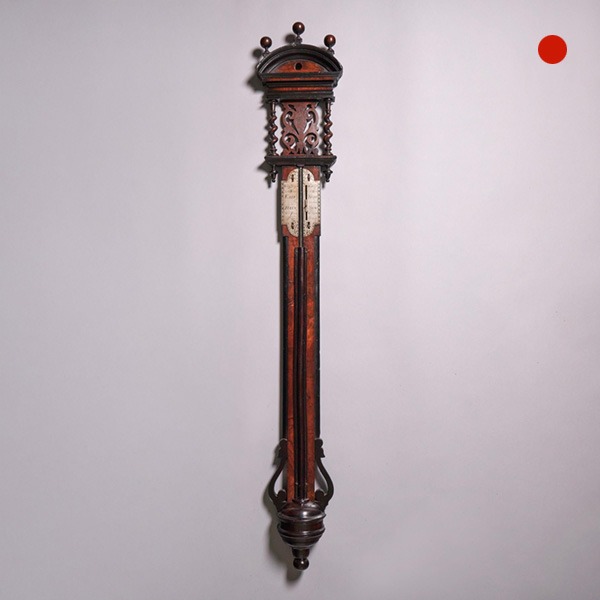
Rare Early 18th Century Queen Anne Walnut Stick Barometer, Circa 1705-1710
Rare Early 18th Century Queen Anne Walnut Stick Barometer, Circa 1705-1710 SoldFollow UsRare Early...

18th Century George II Tavern or Act of Parliament Clock, Circa 1740
18th Century George II Tavern or Act of Parliament Clock, Circa 1740 SoldFollow Us18th Century George II Antique Tavern Clock or Act of Parliament Clock, Circa 1740 Antique Tavern clock by Thomas Moore Ipswich A fine eighteenth-century tavern...

The 10.12ft 18th Century George I Bur/Burl Walnut Month Longcase Clock by James Markwick
The 10.5ft 18th Century George I Bur/Burl Walnut Month Longcase Clock by James Markwick Sold Follow UsThe 10.5ft 18th Century George I Bur/Burl Walnut Month Longcase Clock by James Markwick This is, without doubt, the largest and most...
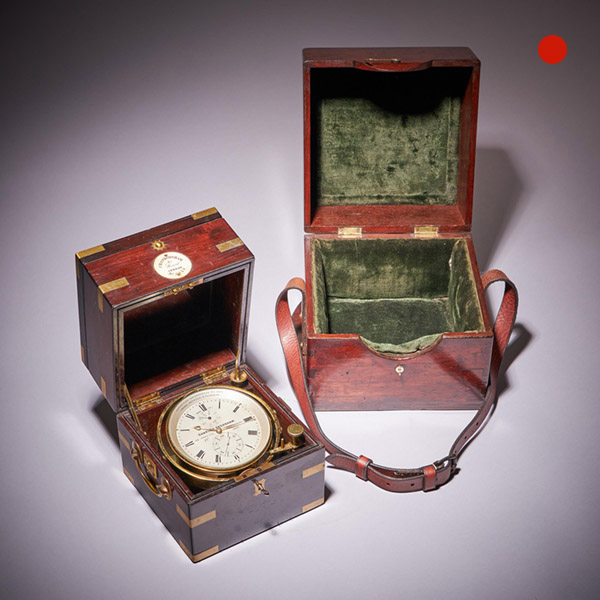
Fine Two-Day Marine Chronometer Signed Charles Frodsham
Fine Two-Day Marine Chronometer Signed Charles Frodsham SoldFollow UsFine Two-Day Marine...

Fine 19th-century French ormolu mantel clock (pendule) by Leroy a Paris, c. 1825
Fine 19th century French ormolu mantel clock (pendule) by Leroy a Paris, c. 1825 SoldFollow UsFine...
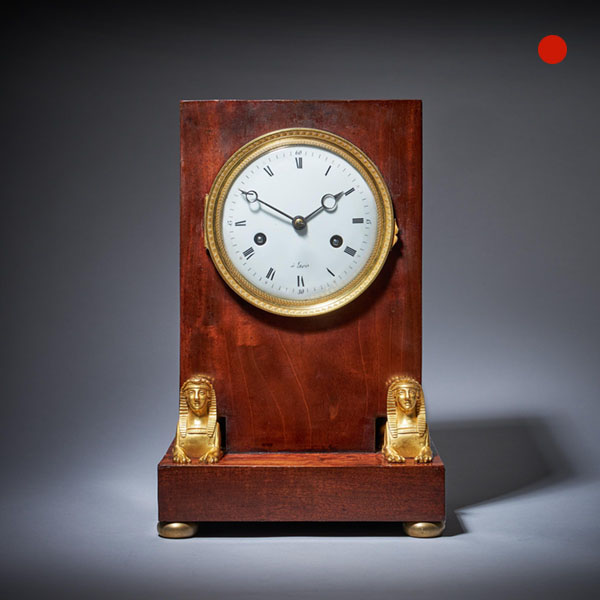
19th-Century French Flame Mahogany Napoleon Empire Period Mantel Clock
19th-Century French Flame Mahogany Napoleon Empire Period Mantel Clock Sold[wpforms_selector form_id="11387" show_title="on" _builder_version="4.22.1" _module_preset="default" custom_margin="-30px||||false|false"...

Rare Early 18th Century Queen Anne Walnut Stick Barometer, Circa 1705-1710
Rare Early 18th Century Queen Anne Walnut Stick Barometer, Circa 1705-1710 SoldFollow UsRare Early...

18th Century George II Tavern or Act of Parliament Clock, Circa 1740
18th Century George II Tavern or Act of Parliament Clock, Circa 1740 SoldFollow Us18th Century George II Antique Tavern Clock or Act of Parliament Clock, Circa 1740 Antique Tavern clock by Thomas Moore Ipswich A fine eighteenth-century tavern...

The 10.12ft 18th Century George I Bur/Burl Walnut Month Longcase Clock by James Markwick
The 10.5ft 18th Century George I Bur/Burl Walnut Month Longcase Clock by James Markwick Sold Follow UsThe 10.5ft 18th Century George I Bur/Burl Walnut Month Longcase Clock by James Markwick This is, without doubt, the largest and most...

Fine Two-Day Marine Chronometer Signed Charles Frodsham
Fine Two-Day Marine Chronometer Signed Charles Frodsham SoldFollow UsFine Two-Day Marine...

Fine 19th-century French ormolu mantel clock (pendule) by Leroy a Paris, c. 1825
Fine 19th century French ormolu mantel clock (pendule) by Leroy a Paris, c. 1825 SoldFollow UsFine...

19th-Century French Flame Mahogany Napoleon Empire Period Mantel Clock
19th-Century French Flame Mahogany Napoleon Empire Period Mantel Clock Sold[wpforms_selector form_id="11387" show_title="on" _builder_version="4.22.1" _module_preset="default" custom_margin="-30px||||false|false"...
YOU MAY ALSO LIKE
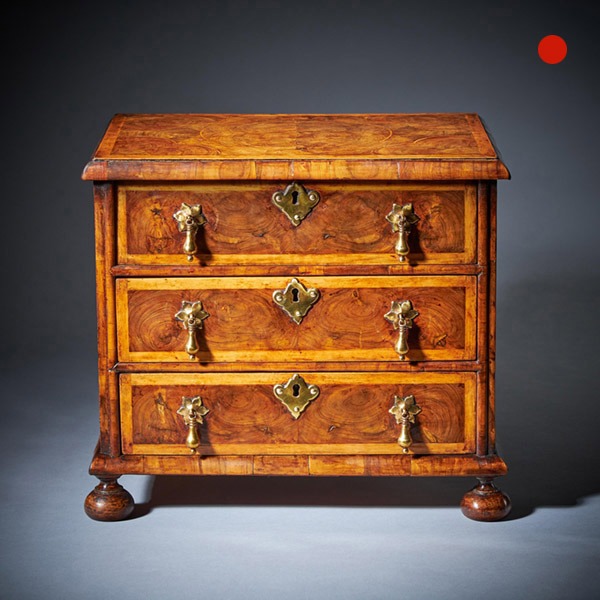
Miniature William and Mary 17th Century Diminutive Olive Oyster Chest C.1690
Miniature William and Mary 17th Century Diminutive Olive Oyster Chest, C.1690 SOLDFollow UsMiniature William and Mary 17th Century Diminutive Olive Oyster Chest, C.1690 A Fine Miniature William and Mary 17th Century Diminutive Olive Oyster...
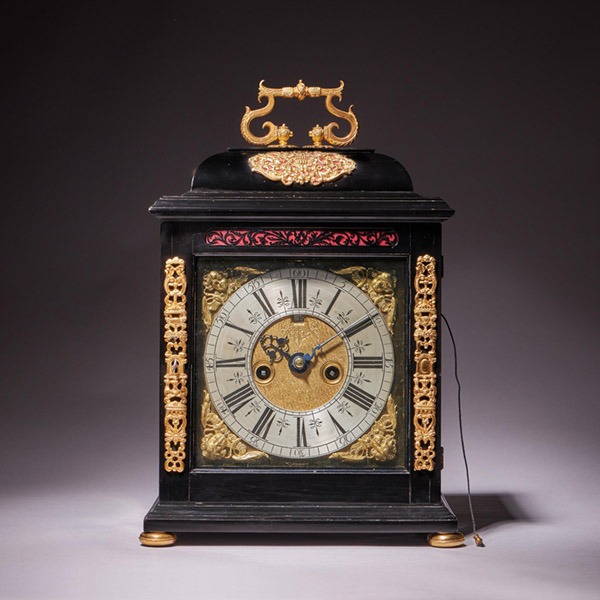
A 17th Century William and Mary eight-day table clock by Isaac Lowndes, 1695
A 17th-Century William and Mary eight-day table clock by Isaac Lowndes, 1695 £26,900Follow UsA...
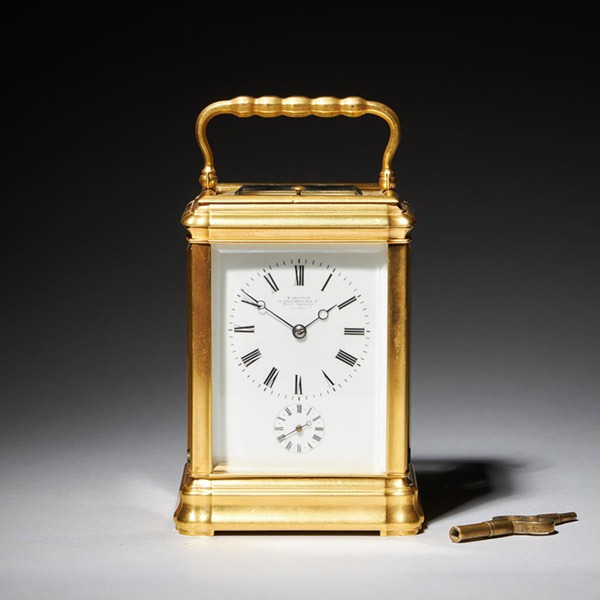
A superb 19th century eight day grande sonnerie carriage clock, circa 1870.
A superb 19th century eight day grande sonnerie carriage clock, circa 1870. £3,950Follow UsA...
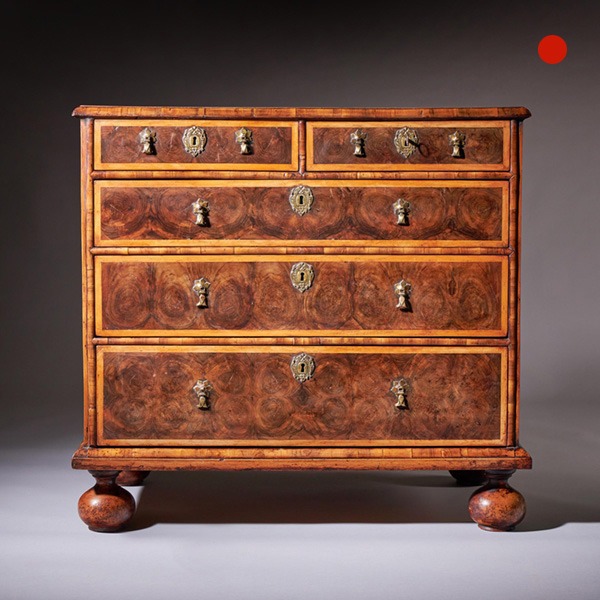
17th Century William and Mary Olive Oyster Chest of drawers, Circa 1690. England
17th Century William and Mary Olive Oyster Chest of drawers SoldFollow Us17th Century William and...
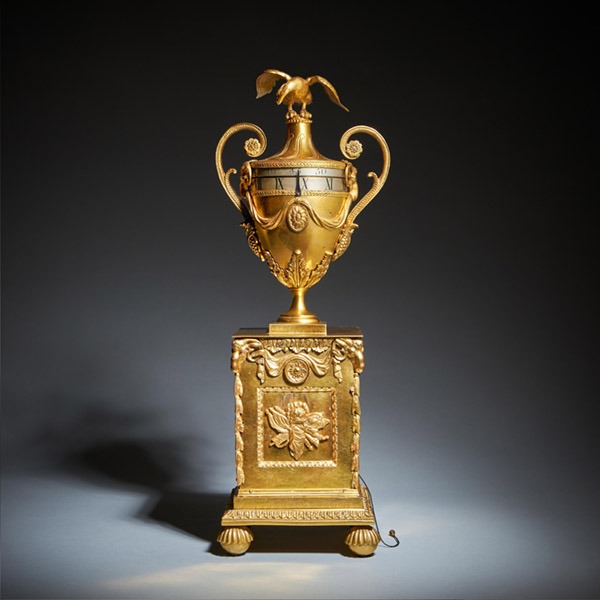
A Unique 18th Century Georgian Urn Clock by Paul Rimbault Soho London 1770
A Unique 18th Century Georgian Urn Clock by Paul Rimbault, Soho London, 1770 £34,900Follow UsA...
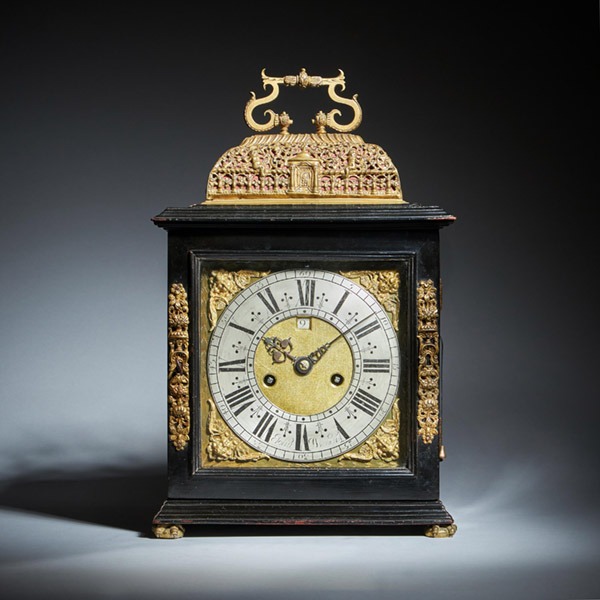
17th Century English eight-day spring-driven table clock by John Wrench
17th Century English eight-day spring-driven table clock by John Wrench £26,900Follow Us17th...

Miniature William and Mary 17th Century Diminutive Olive Oyster Chest C.1690
Miniature William and Mary 17th Century Diminutive Olive Oyster Chest, C.1690 SOLDFollow UsMiniature William and Mary 17th Century Diminutive Olive Oyster Chest, C.1690 A Fine Miniature William and Mary 17th Century Diminutive Olive Oyster...

A 17th Century William and Mary eight-day table clock by Isaac Lowndes, 1695
A 17th-Century William and Mary eight-day table clock by Isaac Lowndes, 1695 £26,900Follow UsA...

A superb 19th century eight day grande sonnerie carriage clock, circa 1870.
A superb 19th century eight day grande sonnerie carriage clock, circa 1870. £3,950Follow UsA...

17th Century William and Mary Olive Oyster Chest of drawers, Circa 1690. England
17th Century William and Mary Olive Oyster Chest of drawers SoldFollow Us17th Century William and...

A Unique 18th Century Georgian Urn Clock by Paul Rimbault Soho London 1770
A Unique 18th Century Georgian Urn Clock by Paul Rimbault, Soho London, 1770 £34,900Follow UsA...

17th Century English eight-day spring-driven table clock by John Wrench
17th Century English eight-day spring-driven table clock by John Wrench £26,900Follow Us17th...






